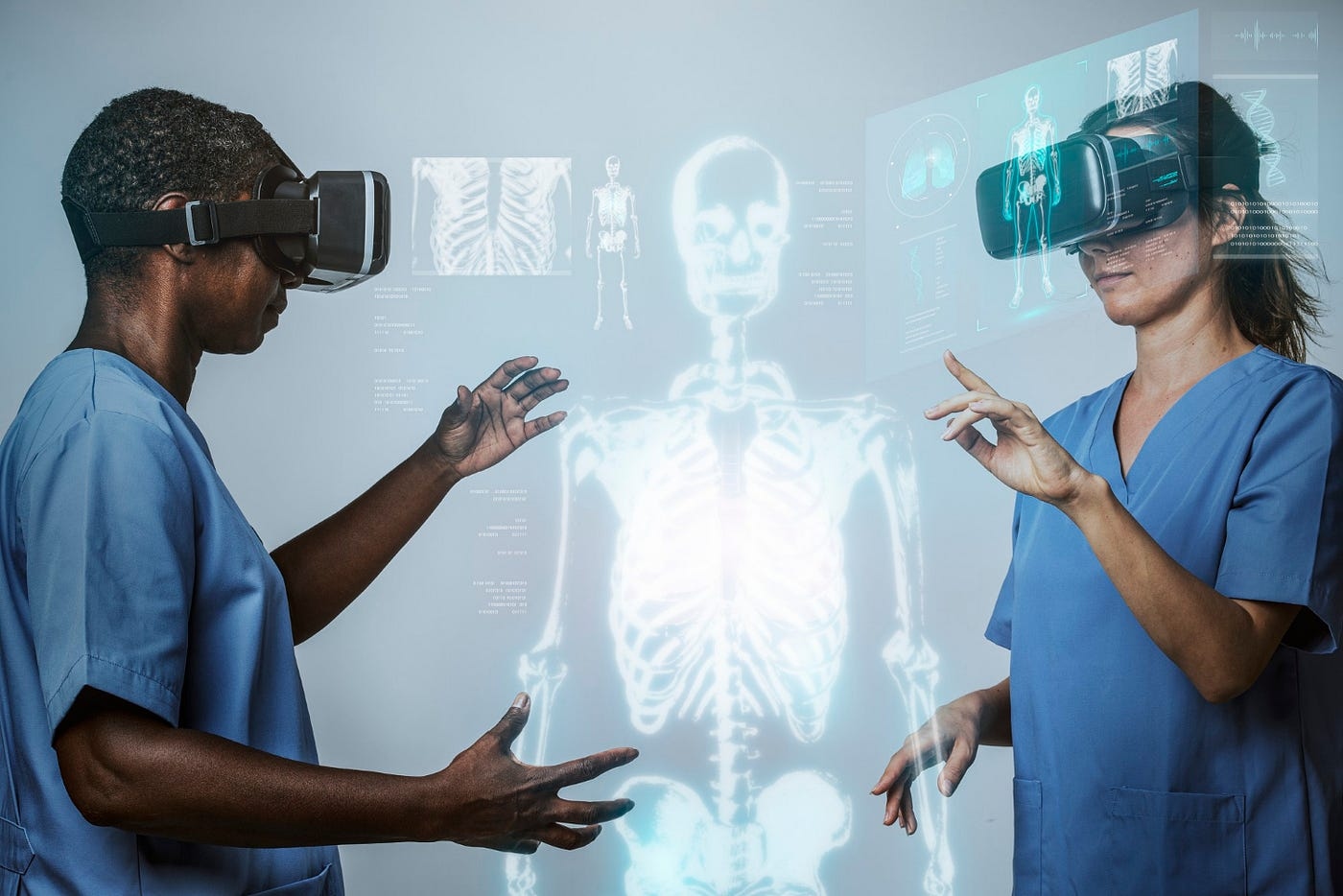
Harnessing AI to Uncover New Physics: Machine Learning Techniques at the LHC
The pursuit of uncovering new particles and phenomena at the Large Hadron Collider (LHC) remains a cornerstone of contemporary physics, aiming to solve some of the most profound mysteries in the field.
Traditionally, searches for new physics have been guided by theoretical predictions, focusing on specific particles. However, the question arises: how can physicists discover unpredicted and unexpected particles hidden within the vast data generated by LHC collisions?
Manually sifting through billions of collision events to find such anomalies would be an insurmountable task. To address this challenge, the ATLAS and CMS collaborations at the LHC have turned to artificial intelligence (AI), leveraging machine learning techniques to detect unusual collision signatures that might indicate new physics.
At the Rencontres de Moriond conference on March 26, physicists from the CMS collaboration unveiled their latest findings using machine learning to search for pairs of "jets." Jets, which are collimated sprays of particles originating from strongly interacting quarks and gluons, present a complex analytical challenge. Despite their complexity, these jets could be the key to discovering new physics.
Researchers at both ATLAS and CMS have developed several strategies to train AI algorithms for jet analysis. By examining the intricate energy patterns of jets, scientists can infer the type of particle that produced them. The AI is trained on real collision data to recognize jets from known particles and distinguish them from atypical jets that could signify new interactions.
One method involves training AI to identify unusual features in entire collision events, potentially signaling new particles. This technique was highlighted in a paper released by ATLAS in July 2023, which showcased one of the first applications of unsupervised machine learning in LHC research.
At CMS, physicists take a different approach by creating simulated examples of potential new particle signals. They then train the AI to identify collisions in real data that deviate from regular jets but resemble these simulations. This dual strategy enhances the AI's ability to detect a broader range of anomalies.
The latest results presented by CMS demonstrated that each AI training method had varying sensitivities to different types of new particles, with no single algorithm emerging as the best. However, the AI-led approaches significantly improved sensitivity to a wide range of particle signatures compared to traditional techniques.
For example, by analyzing the complex signatures of jets, AI can detect subtle differences that may indicate the presence of new particles. These atypical jets accumulate in the data set, standing out from the background noise of known particle interactions. This accumulation can point researchers toward new physics phenomena that would be difficult, if not impossible, to identify through manual analysis.
In addition to jet analysis, AI is also applied to study entire collision events. By evaluating the comprehensive data from these events, AI can identify anomalous features among the detected particles. These anomalies could suggest the existence of new particles, offering a fresh perspective on the data.
The CMS team's latest findings show that AI algorithms can limit the production rates of several different types of particles that produce anomalous jets. This capability enhances the sensitivity of the searches, making it easier to detect new particles. Moreover, the AI methods developed by CMS have proven to be more effective than traditional techniques, marking a significant advancement in the search for new physics.
"We already have ideas about how to further improve the algorithms and apply them to different parts of the data to search for several kinds of particles," says Oz Amram, a member of the CMS analysis team. This forward-thinking approach highlights the dynamic nature of AI in physics research, where continuous improvements and adaptations are integral to the process.
The incorporation of AI in LHC experiments represents a paradigm shift in the search for new physics. The ability of machine learning algorithms to analyze vast amounts of data with unprecedented precision and speed is revolutionizing the field. As AI technology advances, its applications in particle physics are expected to grow, opening new avenues for discovery.
The innovative use of AI by the ATLAS and CMS collaborations at the LHC is significantly enhancing the search for new particles and phenomena. By automating the analysis of complex collision data, AI is enabling physicists to uncover potential new physics that would otherwise remain hidden. This groundbreaking work exemplifies the transformative power of AI in scientific research, paving the way for future discoveries and a deeper understanding of the fundamental nature of the universe.
Trending
-
1 Mental Health Absences Cost NHS £2 Billion Yearly
Riddhi Doshi -
2 Gut Check: A Short Guide to Digestive Health
Daniel Hall -
3 London's EuroEyes Clinic Recognised as Leader in Cataract Correction
Mihir Gadhvi -
4 4 Innovations in Lab Sample Management Enhancing Research Precision
Emily Newton -
5 The Science Behind Addiction and How Rehabs Can Help
Daniel Hall





Comments